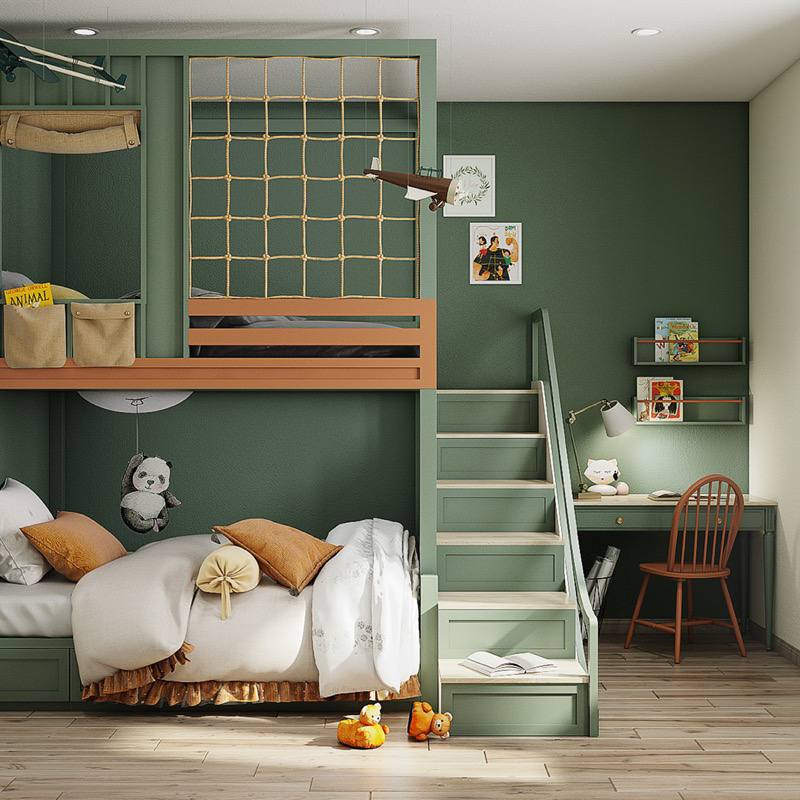Introduction
Philippe Starck is one of the most iconic names in contemporary design. Born in France in 1949, he has achieved recognition worldwide for his eclectic, innovative, and often provocative creations. From furniture to interiors, from hotels to household items, Starck’s objects reflect his unique vision and approach to design. In this article, we will explore the fascinating world of Philippe Starck’s objects, examining how his works blur the boundaries between design, art, and provocation.
Design
One of Starck’s key contributions to the world of design is his ability to create objects that are both functional and aesthetically pleasing. His designs often feature clean lines, bold shapes, and a mix of materials that create unexpected combinations. Take, for example, his iconic Louis Ghost Chair, a clear polycarbonate seat that looks like a traditional upholstered armchair, but with a twist. The chair’s transparent construction adds a layer of visual interest, and its clean lines create a modern, sleek look that is both functional and stylish.
Another example of Starck’s approach to design is his Flos Gun Lamp. This table lamp features a base shaped like a handgun, which is an unlikely object to use as inspiration for a lamp. However, the lamp’s sleek, metallic finish and elegant proportions turn it into a unique and intriguing piece of design.
Art
Starck’s objects are not just utilitarian; they are also works of art in their own right. His creations often have a playful, whimsical quality that transcends their function. Consider, for instance, his Juicy Salif citrus squeezer, which looks like a sculpture rather than a kitchen tool. The squeezer’s sinuous lines and shiny stainless steel finish make it look futuristic and dreamlike, as if it were an object from a sci-fi movie.
Another example of Starck’s artistic sensibility is his collaboration with the furniture brand Kartell. Together, they created a collection of furniture pieces that play with color, transparency, and light. From a translucent coffee table to a rainbow-hued chair, each piece in the collection is a small marvel of visual creativity.
Provocation
Finally, one cannot discuss Philippe Starck’s objects without acknowledging their provocative nature. Many of his creations challenge our expectations and conventions, daring us to rethink how we use and experience everyday objects. Consider his Prince Aha Stool, a simple plastic stool featuring a cartoonish face. What is the function of this stool? Is it a seat, a toy, or a piece of art? The ambiguity is deliberate, and it shows how Starck uses his designs to provoke us to think and imagine beyond the obvious.
Another example is Starck’s collaboration with the bathroom fixture brand Duravit. Together, they created a line of bathroom fixtures that includes a toilet with a clear glass tank, a vision that is both unsettling and thought-provoking. What does it mean to have a see-through toilet? What role does transparency play in our experience of cleanliness and privacy? These are the kinds of questions that Starck’s objects ask us to ponder.

